Compressive LightField Photography enables Higher Resolution LightFields in a Single Image
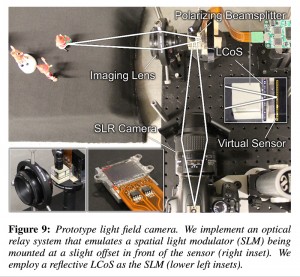 Today’s LightField technology uses either of two methods to record a LightField: it either reconstructs a single low-resolution LightField image (e.g. using microlens arrays or coded masks), or requires several individual pictures to be taken and combined for a high-resolution LightField (e.g. using camera gantries or coded apertures).
Today’s LightField technology uses either of two methods to record a LightField: it either reconstructs a single low-resolution LightField image (e.g. using microlens arrays or coded masks), or requires several individual pictures to be taken and combined for a high-resolution LightField (e.g. using camera gantries or coded apertures).
In a recent publication, Kshitij Marwah and colleagues introduced a new LightField camera prototype that combines the advantages of these two methods, to reconstruct higher-resolution LightFields from a single, coded image. To do so, they have co-designed the prototype camera to incorporate both of the main aspects of LightField technology: camera optics and computational processing.
The team introduced (1) a new way to represent the high-dimensional signals of LightFields, called LightField Atoms (“the fundamental building blocks of natural light fields”), (2) non-linear sparse coding techniques for improved reconstruction, and (3) optimized, optically coded 2D LightField projection.
Advantages of this new system include increased LightField resolution as well as better compression and noise reduction. However, it comes with disadvantages, such as reduced light transmission (due to the coded mask), more required processing power/time, and the need for LightField Atom Learning from multiple test setups.
More information: Marwah K., Wetzstein G., Bando Y. & Raskar R. (2013): Compressive Light Field Photography Using Overcomplete Dictionaries And Optimized Projections, Technical Paper, ACM Siggraph 2013

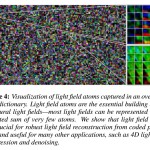
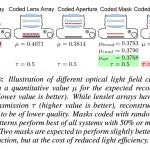


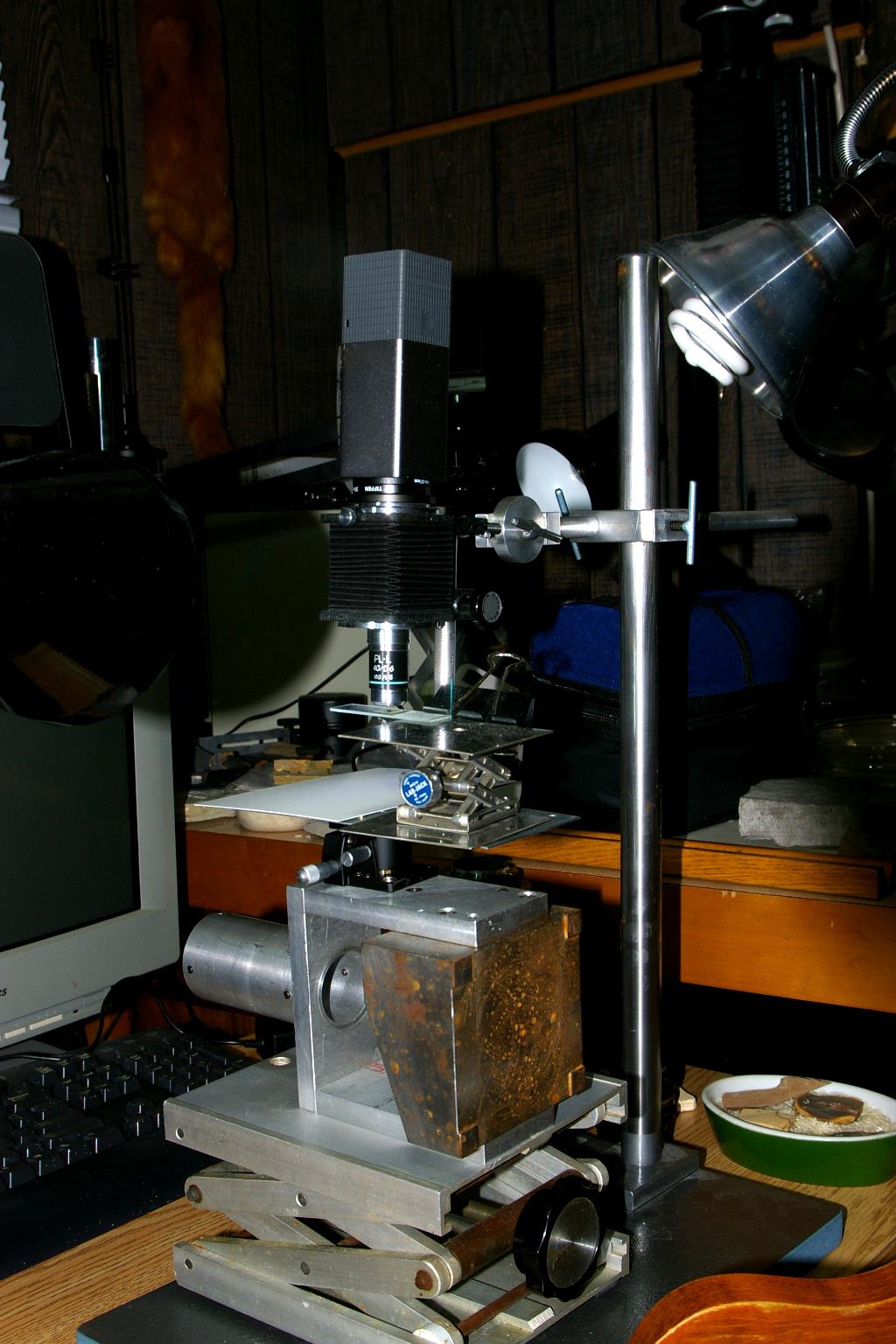




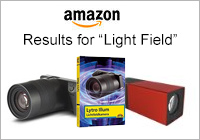
Recent Comments